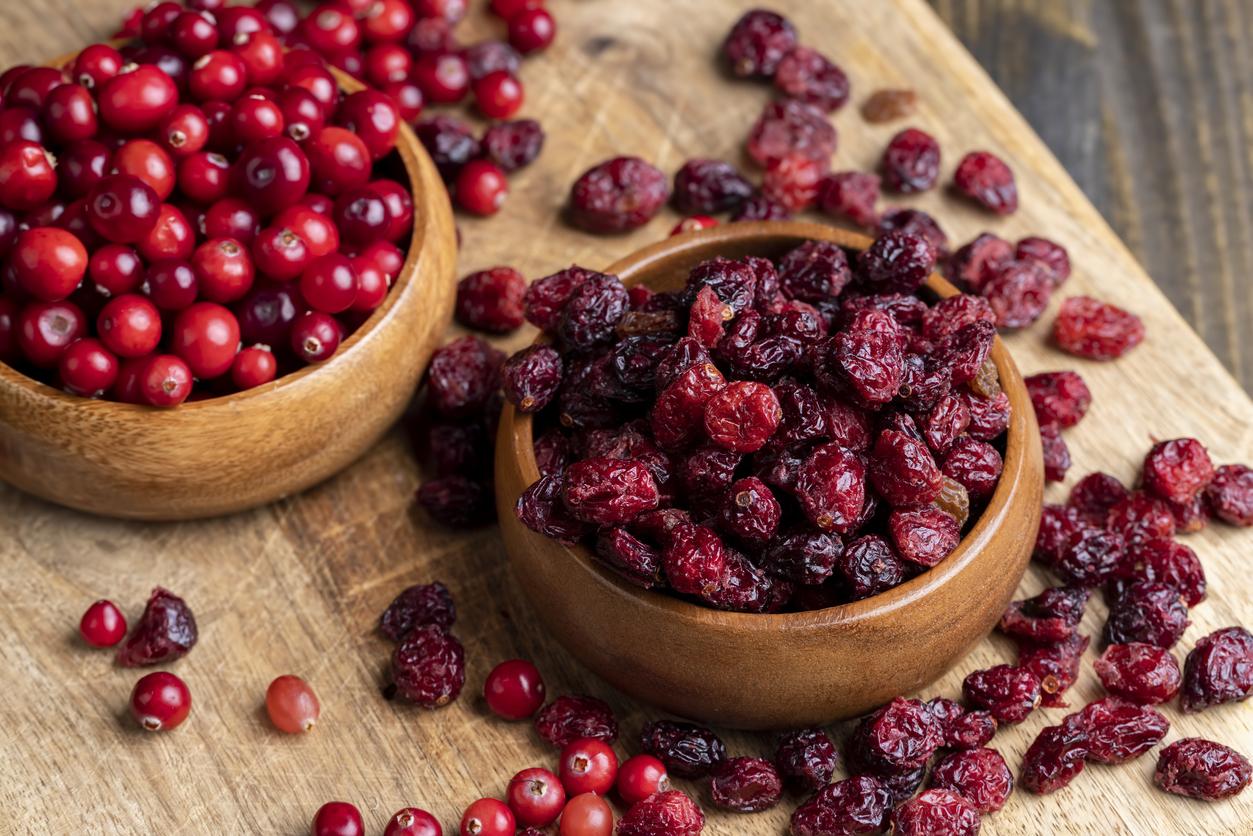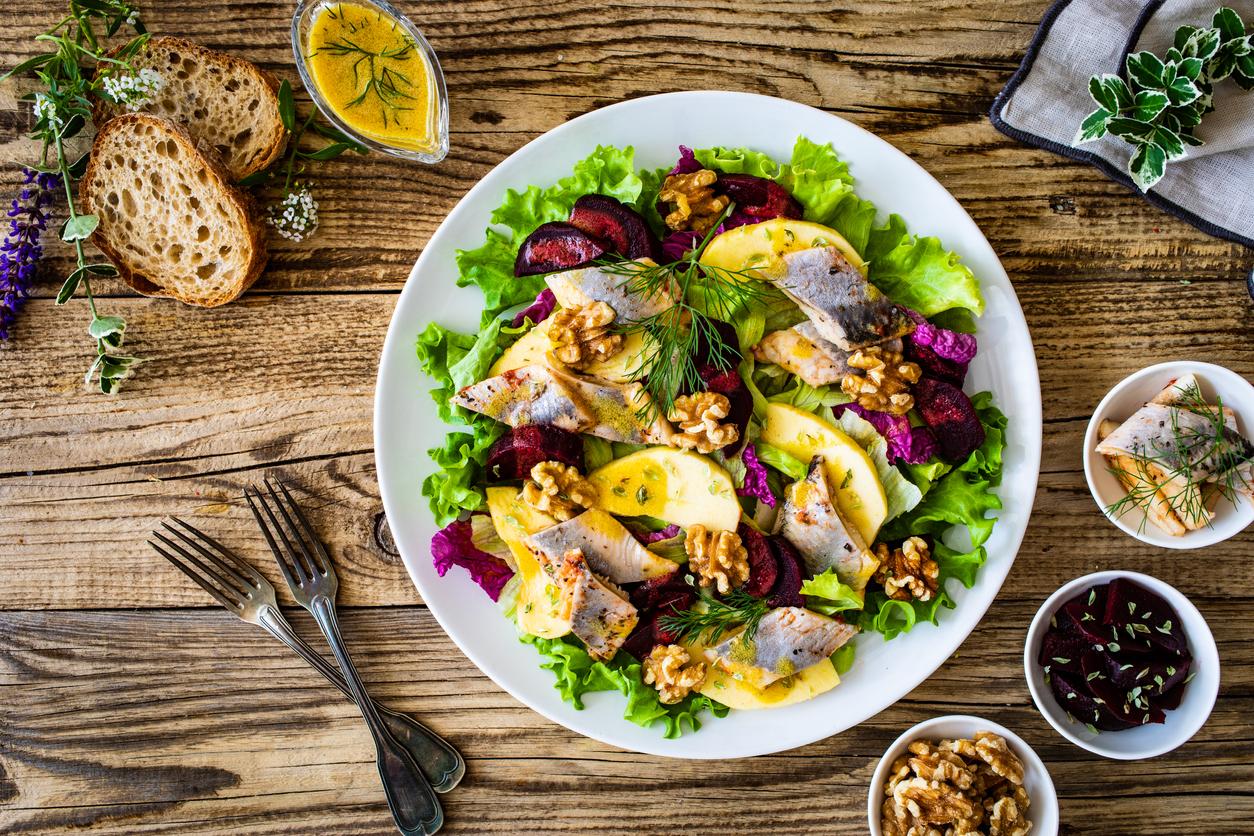
Roast acorns and walnuts for extra flavor
It’s autumn and that means everything is falling from the tree, including nuts. You have probably already seen some bolsters (hardened or thickened wall) and nut shells. The content of this is not only for the squirrels and birds, people can also eat different nuts.
chestnuts
Sweet chestnuts are in a spiky husk. When they are ripe they fall out. The chestnut has a brown skin, which you can peel off with a knife. Often there is also a white skin around it, which you can easily remove – provided the nut is fresh. Sweet chestnuts are rich in fiber, vitamin B, calcium, iron, phosphorus and potassium. Roasting them makes them a little softer. This also gives the chestnut more flavour.
walnuts
Walnuts are usually not ripe until September. Then the husk splits and the walnut falls to the ground. There is no nutcracker to deal with. There is a white membrane around the pulp, which is easy to remove at first (not after a week). Nuts that are left too long will mold and it is better not to eat them.
Walnuts are rich in protein, fiber, linoleic acid and carbohydrates. They contain protective fats that keep your heart and blood vessels healthy, tannins that could fight cancer and they lower cholesterol levels.
beechnuts
Just like sweet chestnuts, beechnuts are contained in a husk (also known as a cup). Towards autumn the green husk turns yellow to brown and when ripe it bursts into four parts, and the nuts fall to the ground. These are not only tasty for squirrels, but also for humans. They are just hard to peel. The little flesh is in a brown bark that has to come off.
Beech nuts contain calcium, iron and vitamin C. In large quantities they are poisonous to humans. There is a small amount of toxic hydrocyanic acid in the fresh nuts. By placing the beechnuts at home in a sunny spot, the hydrocyanic acid disappears. Or by roasting you make the toxic substance disappear.
acorns
Acorns are full of tannin, a substance that is toxic to animals, but not to humans. It brings a bitter taste. You can remove these by rinsing or soaking the acorns. You do have to remove the skin and membranes from the glans for this, because only then can the water penetrate to the core. Then you can eat them or roast them
Sources):

















